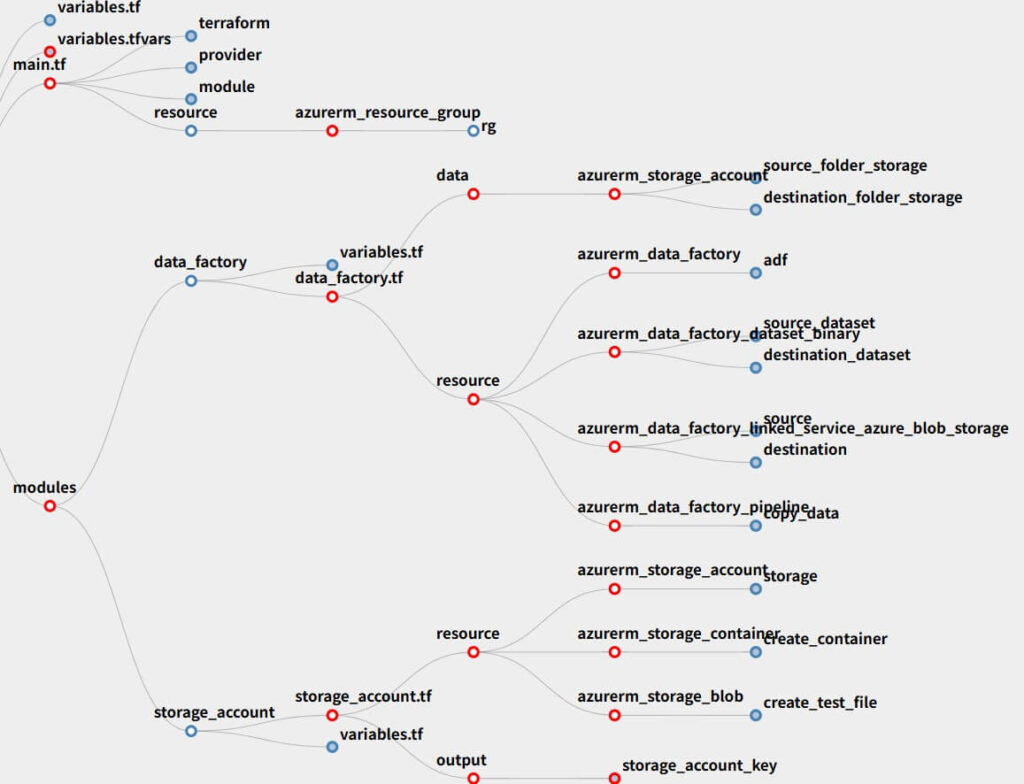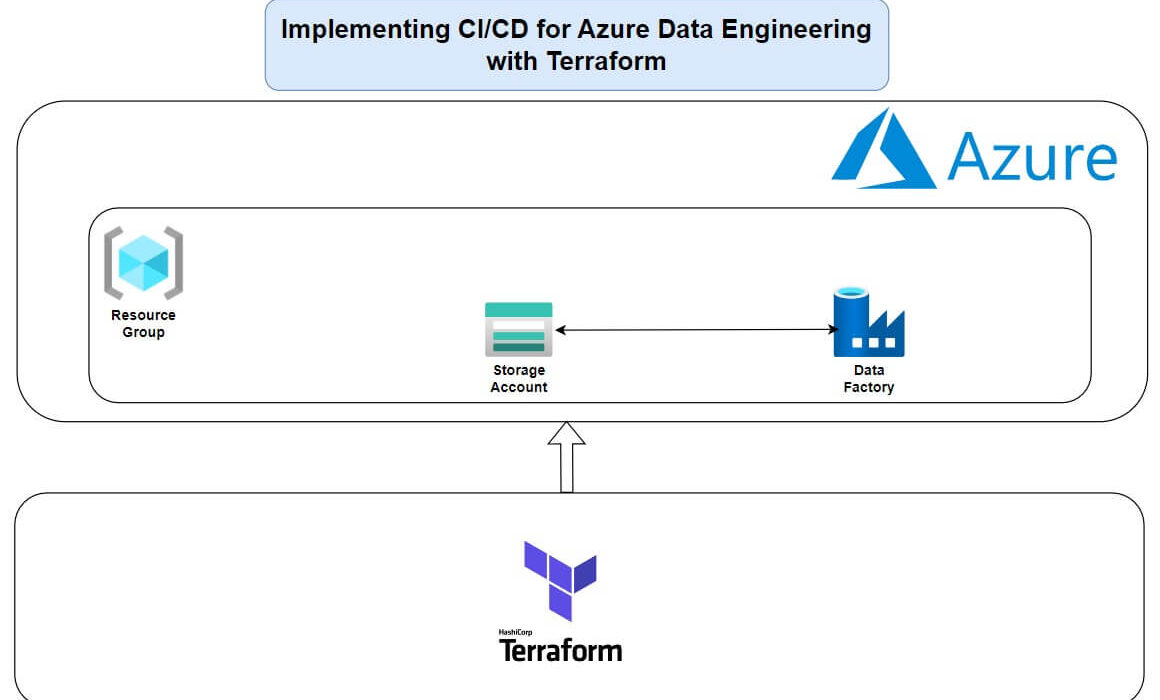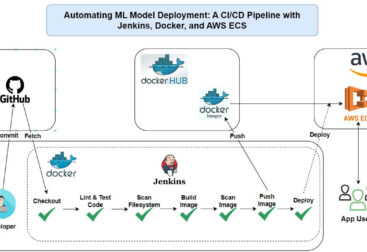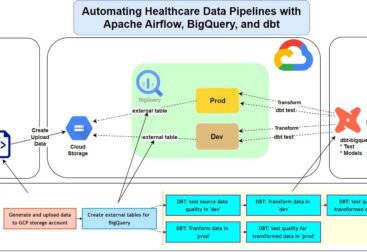
In this recent project, detailed in the article Implementing CI/CD for Azure Data Engineering with Terraform, I explored the integration of Continuous Integration and Continuous Deployment (CI/CD) practices to streamline data engineering workflows on Microsoft Azure using Terraform. This project demonstrates my expertise in automating infrastructure deployment and managing complex data pipelines efficiently.
Key Objectives
The primary goal was to establish a robust CI/CD pipeline to automate the provisioning and management of Azure resources for data engineering tasks. By leveraging Terraform, an Infrastructure as Code (IaC) tool, I aimed to:
- Automate Infrastructure Deployment: Define and deploy Azure resources such as Azure Data Factory, Azure Databricks, and storage accounts using reusable Terraform configurations.
- Ensure Consistency: Maintain identical configurations across development, testing, and production environments to minimize errors.
- Enhance Collaboration: Store infrastructure code in a version-controlled repository to facilitate team collaboration and change tracking.
- Streamline Deployments: Automate the deployment process to reduce manual intervention and improve deployment speed.
Implementation Highlights
- Azure DevOps Integration: I utilized Azure DevOps to create CI/CD pipelines, enabling automated validation, planning, and application of Terraform configurations. The pipeline was triggered on code commits to the main branch, ensuring continuous integration.
- Terraform Configuration: I crafted modular Terraform scripts to define Azure resources, incorporating variables for flexibility across environments. Remote state management was implemented using Azure Blob Storage to centralize and secure Terraform state files.
- Security and Compliance: A service principal with specific roles was configured to securely authenticate Terraform with Azure, ensuring controlled access to resources. Additionally, I incorporated best practices like linting and validation to enforce compliance.
- Cost Estimation: By integrating tools like Infracost, I enabled cost estimation within the pipeline, providing visibility into resource costs before deployment.
Pipeline Structure
The CI/CD pipeline was structured into stages:
- Initialization and Validation: Install Terraform, initialize the backend, and validate configurations to catch syntax errors early.
- Terraform Plan: Generate and review a Terraform plan to preview infrastructure changes.
- Terraform Apply: Automatically apply changes to deploy resources upon approval, ensuring seamless updates to the Azure environment.
Key Tools and Technologies
- Terraform: For defining and provisioning Azure infrastructure.
- Azure Services: Including Azure Data Factory, Databricks, and Blob Storage.
Outcomes
This project resulted in a fully automated, secure, and scalable CI/CD pipeline that significantly reduced deployment times and human errors. It enabled data engineers to focus on building pipelines while ensuring infrastructure consistency and cost transparency. The approach aligns with modern DevOps practices, showcasing my ability to implement efficient, cloud-native solutions for data engineering challenges.
Link: Read the full article on Medium
Code: https://github.com/shj37/Implementing-CI-CD-for-Azure-Data-Engineering-with-Terraform



